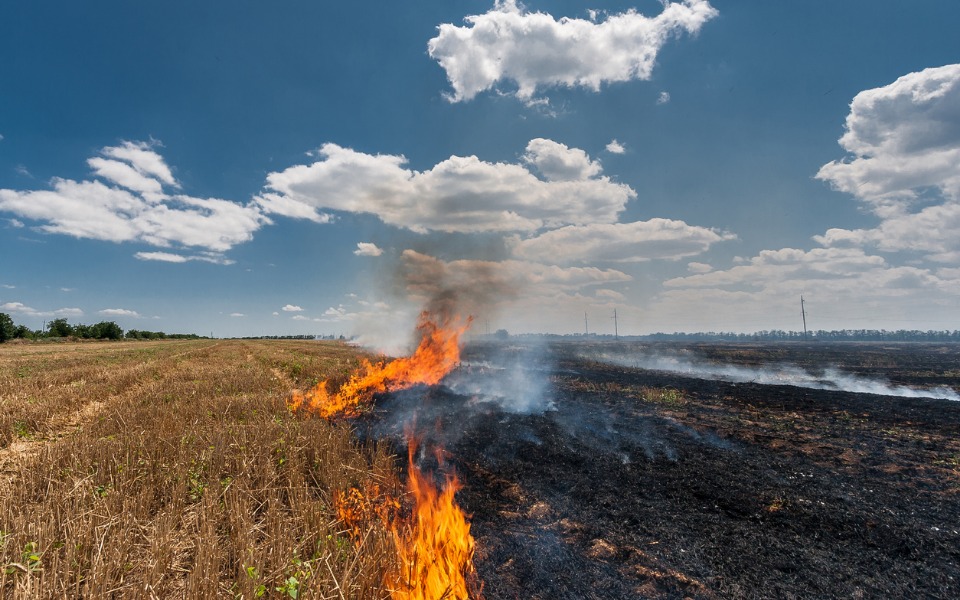
SC appoints judge to monitor stubble burning amid Centre-Delhi spar
A day after the Centre and Delhi government sparred over air pollution in the national capital, the Supreme Court on October 16 appointed a retired judge to monitor stubble burning in Punjab, Haryana and Uttar Pradesh.

A day after the Centre and Delhi government sparred over air pollution in the national capital, the Supreme Court on October 16 appointed a retired judge to monitor stubble burning in Punjab, Haryana and Uttar Pradesh.
The court said that the rising pollution due to stubble farming from these states has severely affected residents of the national capital.
“We are only concerned about the citizens of Delhi NCR being able to breathe in fresh clean air,” the court said.
Retired judge Justice Madan B. Lokur will head the monitoring team, it said.
“The state governments will provide secretarial, security and financial facilities to this committee. The committee will submit its report to the Supreme Court in 15 days,” the court said.
The next hearing on the case has been scheduled on October 26.
The share of stubble burning in Delhi’s PM2.5 concentration was 6 per cent on Thursday (October 15), according to a Central government agency.
It was only around one per cent on Wednesday and around 3 per cent on Tuesday, Monday and Sunday, according to the Ministry of Earth Sciences’ air quality monitor, SAFAR.
PM2.5 refers to fine particulate matter less than 2.5 microns in diameter which can penetrate deep into the lungs, impairing their function, and even the bloodstream.
Delhi’s average air quality index (AQI) slipped into the ‘very poor’ category for the first time this season. With a reading of 312, the Centre and Delhi government on Thursday sparred over the contribution of stubble burning to rising air pollution levels in the national capital.
Union Environment Minister Prakash Javadekar said on Thursday (October 15) the contribution of emissions from farm fires in neighbouring states to Delhi’s air quality, at present, was only 4% and the remaining was from local sources.
“On one side there is stubble burning, on the other, waste is burned by both people and sometimes karamcharis. There’s suspension of dust. In today’s pollution level, 4-5% share is from stubble burning but the rest 95% is from local factors.”
Delhi Chief Minister Arvind Kejriwal took to Twitter to challenge the minister. “Staying in denial will not help. If stubble burning causes only 4% pollution, then why has pollution suddenly increased for the last fortnight? Air was clean before that. Same story every year. There is no massive jump in any local source of pollution in the last few days to cause this spike,” he said.
Javadekar responded in a tweet that his “statement on air pollution has been misinterpreted by a section of the media”.
“Let me clarify, the figures of 4% share of stubble burning in AQI in Delhi pertained to this week. It varies from 4% to 40% during peak stubble burning. At the same time, let us not be in denial that there are several local factors — vehicular pollution, non-agricultural biomass burning, dust, geographical and metrological — that are primarily responsible for high air pollution during winters in Delhi,” he said.
Javadekar was addressing 50 teams of the Central Pollution Control Board (CPCB) that will begin inspecting areas in Delhi-NCR to check sources of emissions and coordinate with agencies responsible for controlling them.


